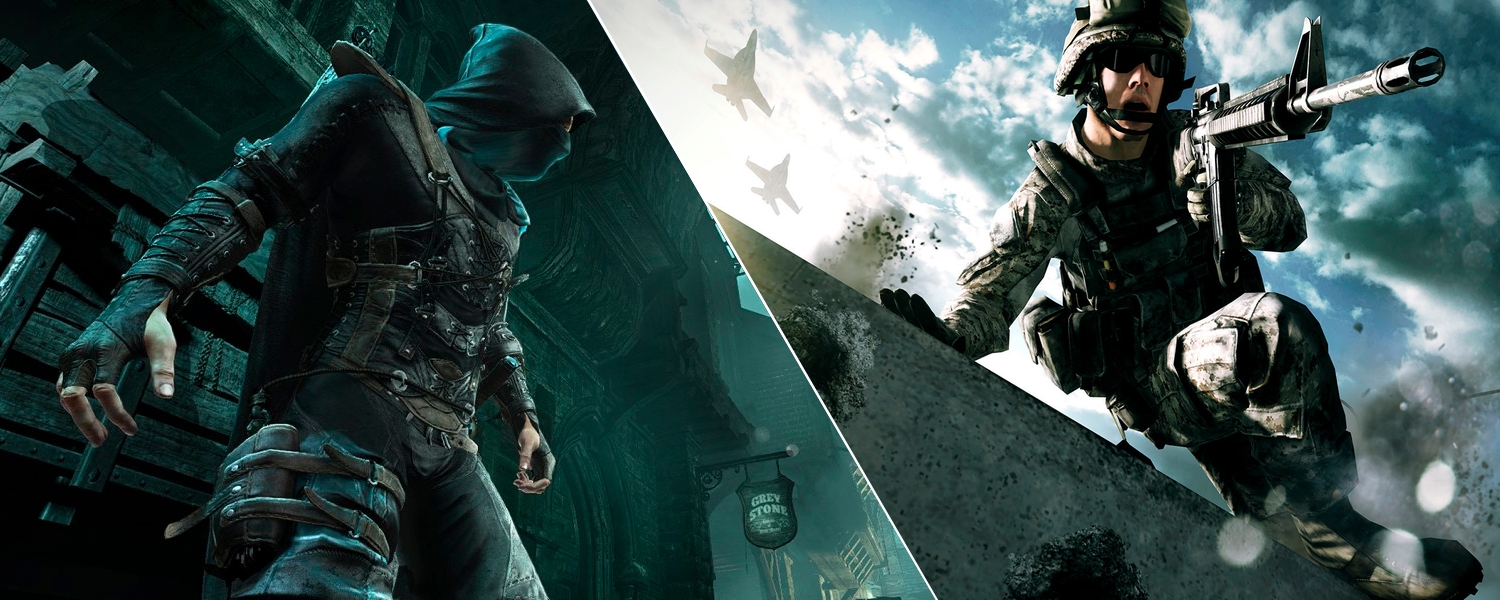Final Thoughts
So far, Mantle isn't proving to be that groundbreaking. With AMD's API enabled, we only get another 5% performance out of Battlefield 4 using a Radeon R9 290X and an Intel or AMD processor. We found the same result in Thief using Intel's CPUs but AMD's benefited with up to 67% more performance by using Mantle at 2560x1600, though this is largely because AMD processors perform poorly in Thief to begin with.
That didn't change much with the R9 280X: Intel setups were about 5% faster when using Mantle in Battlefield 4 and Thief at 1920x1200 while the FX-8350 and A8-7600 were around 5% and 13% faster in BF4 with a 40% increase in Thief. Scaling down, Mantle was actually detrimental to Battlefield's performance when we ran it on both Intel and AMD rigs using an R7 260X, a GPU tier that could probably use a boost in frame rate.
Looking at things realistically if you own an AMD CPU for gaming you are unlikely to be using an FX-8350 with the R9 290X. You are more likely to pair it with an R9 280X, yet the FX-8350 can keep up with the R9 280X in most games. Meanwhile, Mantle offered little help to budget setups such as the A8-7600 and R7 260X, where you'd really appreciate a boost. Perhaps this will change as future updates bring further optimizations.
In a way, Mantle proved some things we already knew: AMD's Bulldozer and Piledriver CPUs are inferior for gaming and DirectX 11 API processors such as the Intel Core range can push graphics cards such as the R9 290X to the limits in modern games such as BF4. Core i3 through i7 owners can hope to see a 5% boost (a few fps) with Mantle but that's not enough to recommend it over the more mature DirectX 11 API for now.


